|
|
|
|
| Adam Carr's Election Archive
|
Australian federal election, 2016
Division of Canberra, Australian Capital Territory
Central Canberra: Aranda, Canberra Central, Downer, Narrabundah
Territory seats: Parts of
Ginninderrra,
Kurrajong,
Murrumbidgee and
Yerrabi
Local government areas: None
Enrolment at close of rolls: 95,383
1999 republic referendum: Yes 62.1
2018 same-sex marriage survey: Yes 74.1
Sitting member: Gai Brodtmann (Labor):
Elected 2010, 2013, 2016. Retiring 2019
2007 Labor majority over Liberal: 11.8%
2010 Labor majority over Liberal: 9.2%
2013 Labor majority over Liberal: 7.0%
2016 Labor majority over Liberal: 8.5%
2019 notional Labor majority over Liberal: 13.2%
Status: Safe Labor
2016 results
Statistics and history
Candidates in ballot-paper order:
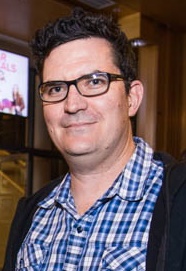 |
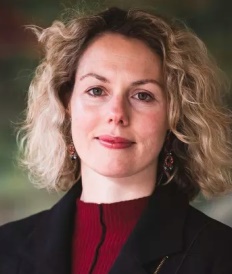 |
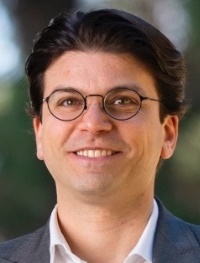 |
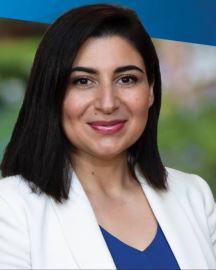 |
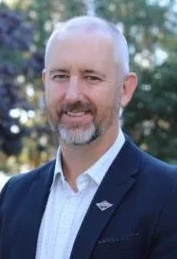 |
1. Tim Bohm
Independent |
2. Alicia Payne
Australian Labor Party |
3. Tim Hollo
Australian Greens |
4. Mina Zaki
Liberal Party |
5. Robert Knight
Australian Progressives |
 |
6. Greg De Maine
United Australia Party |
Candidate websites:
Tim Hollo
Alicia Payne
Mina Zaki
Division of Canberra
The seat of Canberra was created in 1974 when the old seat of Australian Capital Territory was divided in two. For most
of its history it has taken in all the Canberra suburbs south of Lake Burley Griffin, as well as the rural areas of the
southern ACT. By 2016 its enrolment had reached 143,000, the highest of any seat since Federation. The 2018
redistribution has given the ACT a third seat, and as a
result Canberra has been recast as a central city seat, covering the inner suburbs on both sides of the Lake.
Canberra has been won by the Liberal Party three times: in 1975 and 1977 and at the 1995 by-election which marked the
beginning of the end of the Keating government. Normally, however, Canberra's large population of public servants vote
fairly solidly Labor, which explains the contrast between this seat's very high income levels and its voting behaviour:
it is the third-wealthiest Labor-held electorate, but even very wealthy suburbs like Red Hill and Yarralumla vote Labor
in Canberra. On its new boundaries Canberra has lowest proportion of people employed in manufacturing and
construction of any seat, yet it will be even stronger for Labor.
Members for Canberra have include Labor ministers Kep Enderby, Ros Kelly and Bob McMullan. Annette Ellis moved to this
seat from the abolished seat of Namadgi in 1998. She was on the opposition frontbench from 2002 to 2004 election, but
retired in 2010, and was succeeded by Gai Brodtmann.
Gai Brodtmann, Labor MP for Canberra since 2010, was intending to contest the new southern suburbs seat of Bean at the
2019 election, leaving Canberra vacant. In August 2018 she announced that instead she would retire for personal
reasons. The new Labor candidate will be Alicia Payne, former chief of staff to Labor minister Jenny Macklin. The
Liberal candidate in 2019 is Mina Zaki, a freelance writer who was born in Afghanistan. The Greens candidate is Tim Hollo, a musician.
Demographics:
Median weekly household income: $2,098 (Australia $1,438)
People over 65: 13.2% (Australia 15.8%)
Australian born: 64.3% (Australia 66.7%)
Non-English-speaking households: 21.5% (Australia 22.2%)
Catholics 17.1% (Australia 22.6%)
No religion 43.9% (Australia 29.6%)
University graduates: 48.1% (Australia 22.0%)
Professional and managerial employment: 59.0% (Australia 35.2%)
Employed in manufacturing and construction: 6.8% (Australia 22.9%)
Paying a mortgage: 25.5% (Australia 34.5%)
Renting: 46.0% (Australia 30.9%)
Traditional families: 22.6% (Australia 32.8%)
Members:
Hon Keppel Enderby (ALP) 1974-75
John Haslem (Lib) 1975-80
Hon Ros Kelly (ALP) 1980-95
Brendan Smyth (Lib) 1995b-96
Hon Bob McMullan (ALP) 1996-98
Annette Ellis (ALP) 1998-2010
Gai Brodtmann (ALP) 2010-19
Boundaries following 2018 redistribution:
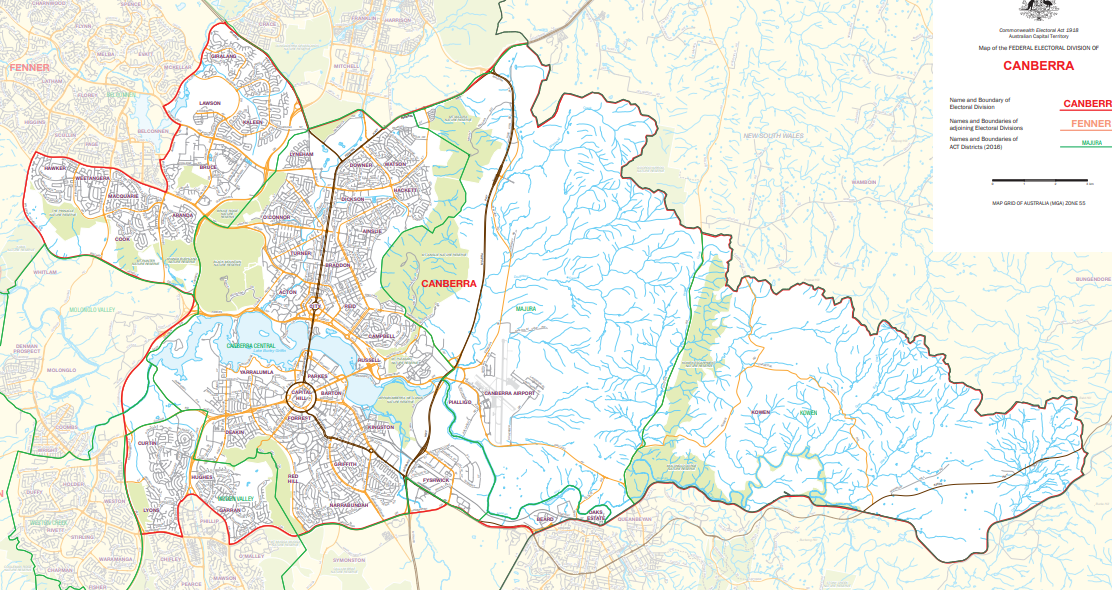
Back to main page
|
|









